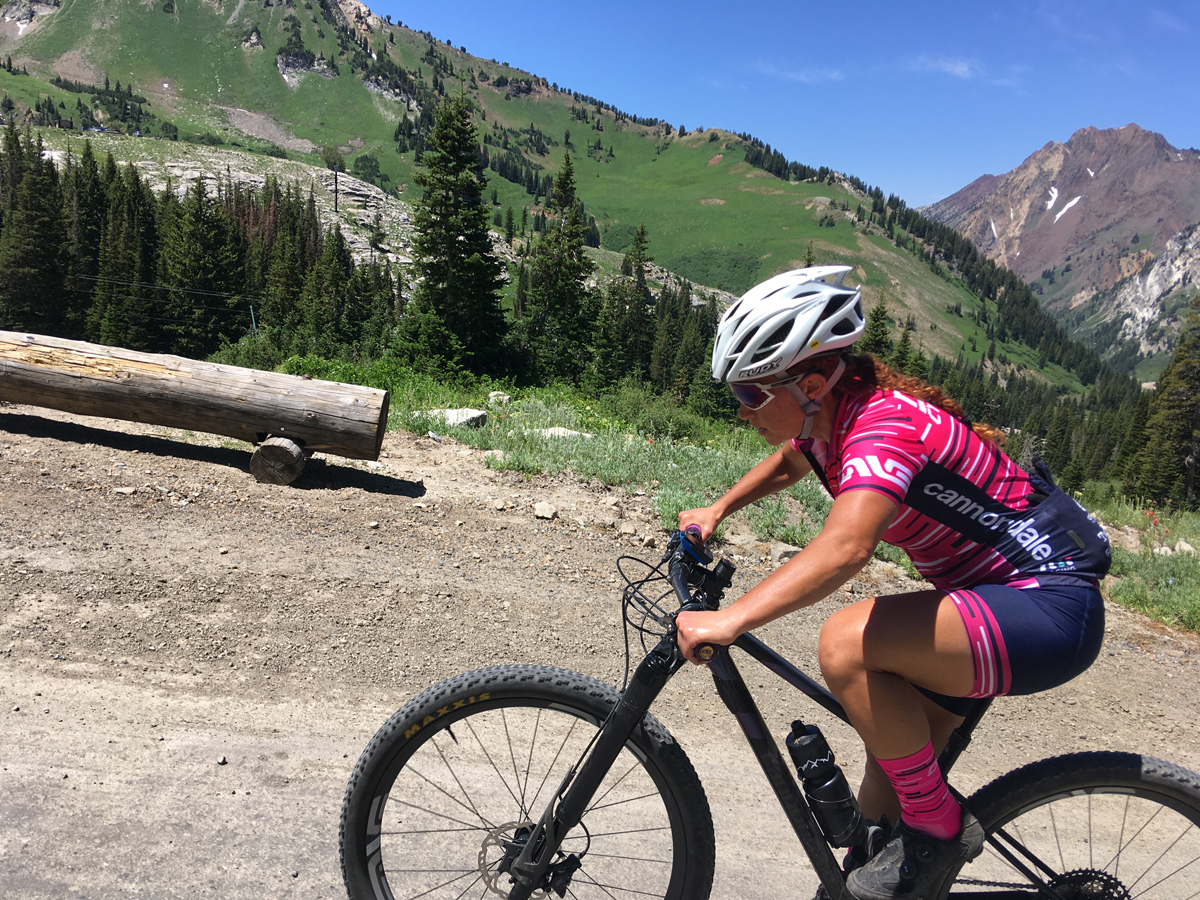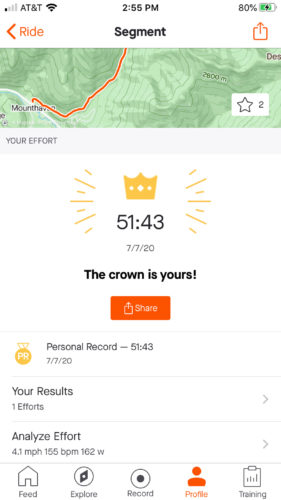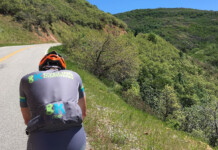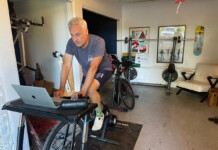By Sarah Kaufmann — 2020 has been a strange year for many reasons. For bike racers, this summer has looked a little different with most events cancelled and those remaining subject to new regulations. Many events have gone to a time trial set-up to limit racer proximity or contact. While many athletes have elected to take the year off of racing, I got creative with some of the athletes I coach to come up with strategies to scratch the competitive itch in the absence of racing. STRAVA or other virtual challenges that play out like a time trial (i.e., you are by yourself so not a mass start) have been a useful tool in that regard. These solo or time trial efforts play out a little different than a mass start race. So, here are some tips to get the most out of yourself when racing the clock.

Whether you ride with a power meter or not, you want to keep your power as steady as possible and avoid spikes and surges. The main difference between a TT and a mass start event is that the pacing is self-driven versus dictated by outside stimulus (other competitors). The result of that self-determined pacing is that you can dictate the pace. You are not subject to other racers’ attacks or surges so you can keep the effort as even as possible to get the most wattage out of yourself over the duration.

Take the time to study the route for your particular challenge. Have an idea of how long it will take you to complete. Whether you have ridden the course previously or know someone with a similar pace who has, you will want to know about how long it will take so you can plan your fueling, hydration, and pacing strategy. How much food will you need to bring? How much water? If you cannot carry all the hydration you will need, can you stash hydration somewhere along the course for you to retrieve?
Depending on how long you expect the course to take, you will start the effort at a different intensity. For example, if your effort is five to ten minutes or less and you have pretty good fitness, you can go pretty hard from the start and empty the tank over the time. If you expect it to take an hour or more, you will need to start more conservatively and let the effort catch up. Going out too hard is a really common mistake in TT events — you want to hold the highest average power for the duration, and you can only do that if you don’t overpace the start.
For a longer effort (30-60 minutes or up to two hours), start the TT at about a six or seven out of ten for your rate of perceived exertion (RPE). If you have a power meter, this will be about 85-90% of your Functional Threshold Power (FTP). You could also review your recent peak power metrics for similar durations to your projected finish and base your goal power number on your previous bests. These intensities will (and should) feel too easy to start. Go with it, the effort will catch up.
As you prepare for your event, break the course into thirds based on your projected times to complete each third. As I said above, the first third should feel too easy. This first part is going to be about not overdoing it and settling into your challenge. In the middle third, the effort will have caught up and your goal is to hold steady, continue to avoid spikes and surges, and manage your energy. If you are riding by power, continue to focus on your predetermined power number. If you are going by RPE, the effort should now be up to an eight or so. Focus on your breathing, your body position — quiet upper body, flat back, open chest, eyes up. As you begin the final third, let your goal move to emptying the tank. It should be very difficult now. Embrace the challenge, assess where you are at mentally and physically, approximately how much time you have left to finish, and how much intensity you have left to give.
Racing looks different this summer but it’s a fun opportunity to try some new challenges and let racing look a little different. Learn to gauge your effort without the stimulus of other riders and hopefully we will be back to racing shoulder to shoulder with other racers soon!
Sarah Kaufmann is the owner of K Cycling Coaching. She is an elite level XC and CX racer for the DNA Pro Cycling Team. She is based in Salt Lake City, UT and can be reached at [email protected] or 413.522.3180.









